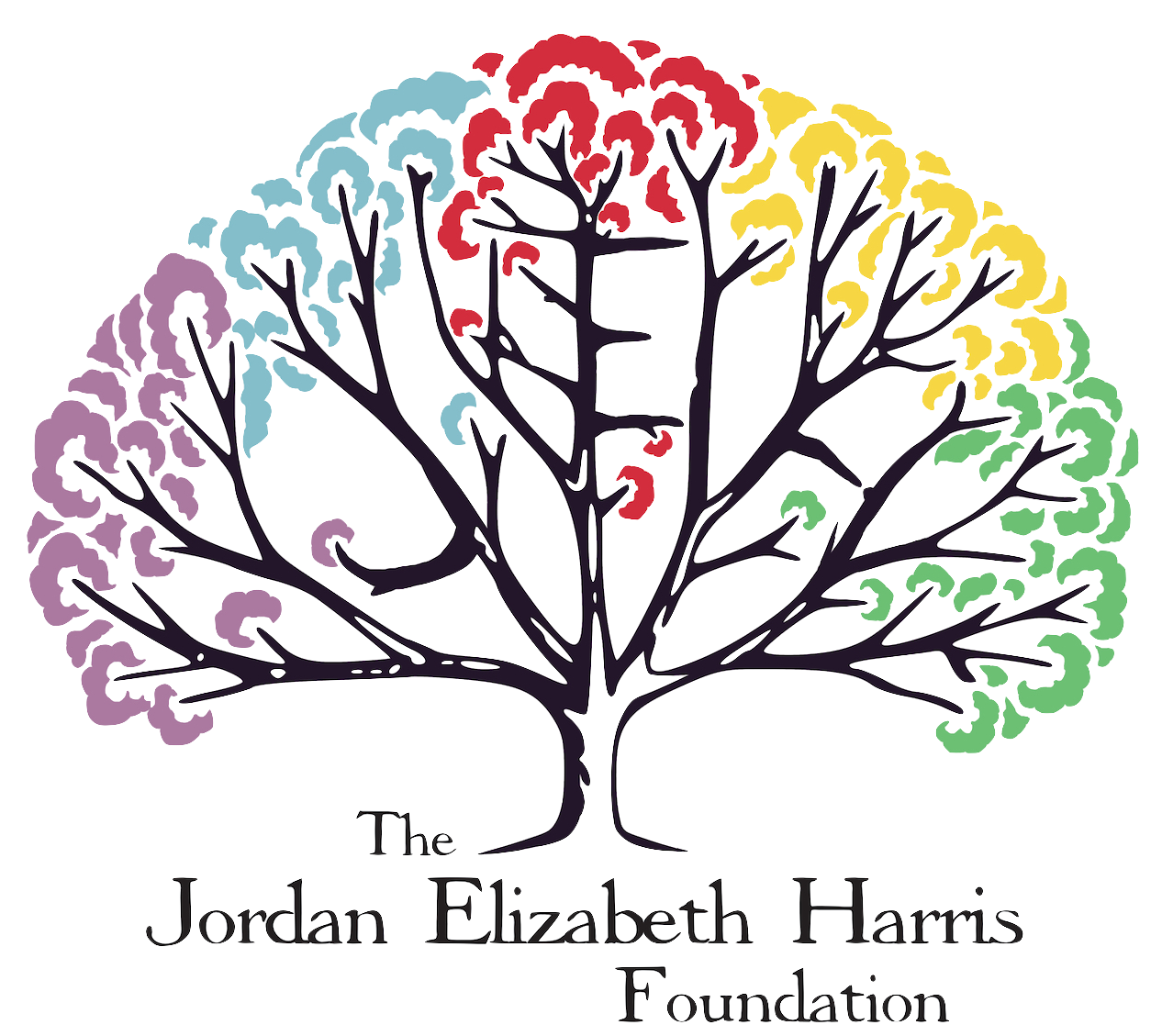Maria was at the end of her rope. She wasn’t sure she wanted to live anymore but didn’t know where to turn. She couldn’t go to a therapist; what would her family say? Would they think she’s crazy? And even if she did go, there wasn’t anyone near her that spoke Spanish or one that she could even afford.
She tried talking to her mom, but all she was met with was: “just go work and you’ll forget that you’re ‘feeling depressed.’” She mentioned it to her cousin and asked if she should look for professional help and her cousin said, “No! You’re fine! That stuff is just for white people.” Nevertheless, Maria knew she was anything but fine.
There are many people today who find it nearly impossible to get the mental health help they need. There are obstacles that prevent many from accessing mental health resources, due to stigma, language barriers, or lack of cultural competence. What’s troubling about these obstacles is that 90% of those who die by suicide had a diagnosable mental health condition at the time of their death and those deaths may have been prevented with proper treatment. It’s vital that we understand and respond to the unique mental health needs of minority groups and here’s why.
Suicide the is the leading cause of death among Asian-Americans 20 – 24; yet Asian-Americans are also the least likely group to access mental health resources.
Hispanic and Black teens attempt suicide at a much higher rate than any other ethnic group according to the Youth Behavioral Health Survey; and the suicide rates in these two communities have nearly doubled since 2008 in ages 15 – 24.
Native Americans continue to lead the nation in suicide rates
LGBTQ youth are five times more likely to attempt suicide than their heterosexual peers
Every community is unique, so the way we address mental health and suicide must also be unique. That means we cannot address mental health or suicide prevention with a “one size fits all” approach. Instead, we need to contextualize mental health to each culture; but what does this look like?
Educating ourselves about the understandings, misunderstandings, and biases on the topics of mental health and suicide that are specific to each culture is essential. By doing this, we can more accurately understand and address the stigma specific to each community. Additionally, especially in the case of Asian – American and Pacific Islander groups, we need to separate the data into key components. Too many groups are lumped into one category and generalized, so it can be difficult to meet the needs of their specific communities. We can then educate and train minority communities with a focus on their cultures.
At this point you might be thinking, “that sounds great and all, but it doesn’t sound like I can make a difference.” For someone who doesn’t work in the mental health field or isn’t a researcher, it may seem like there’s nothing you can do, but there is! You can start by educating yourself about diverse communities. Mental Health America and NAMI provide a wealth of information about diverse populations and several resources specific to each group.
You can also advocate for organizations that focus on learning and responding to the unique needs of specific communities, such as: The Jordan Elizabeth Harris Foundation, Asian Mental Health Collective, Black Mental Health Alliance, Therapy for Latinx, We R Native, and the Trevor Project, just to name a few. It’s imperative that we do all we can to learn and respond to the needs of minority groups, because in the end we want to create a WORLD where suicide is never the choice.


